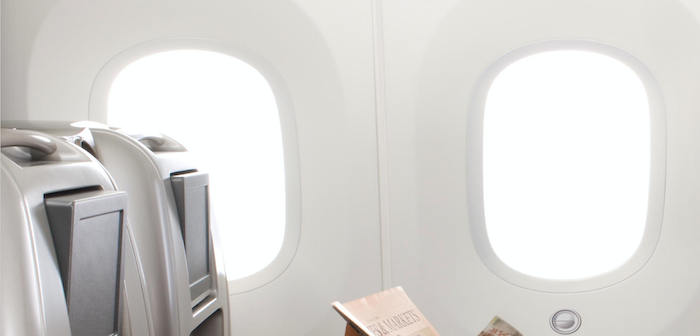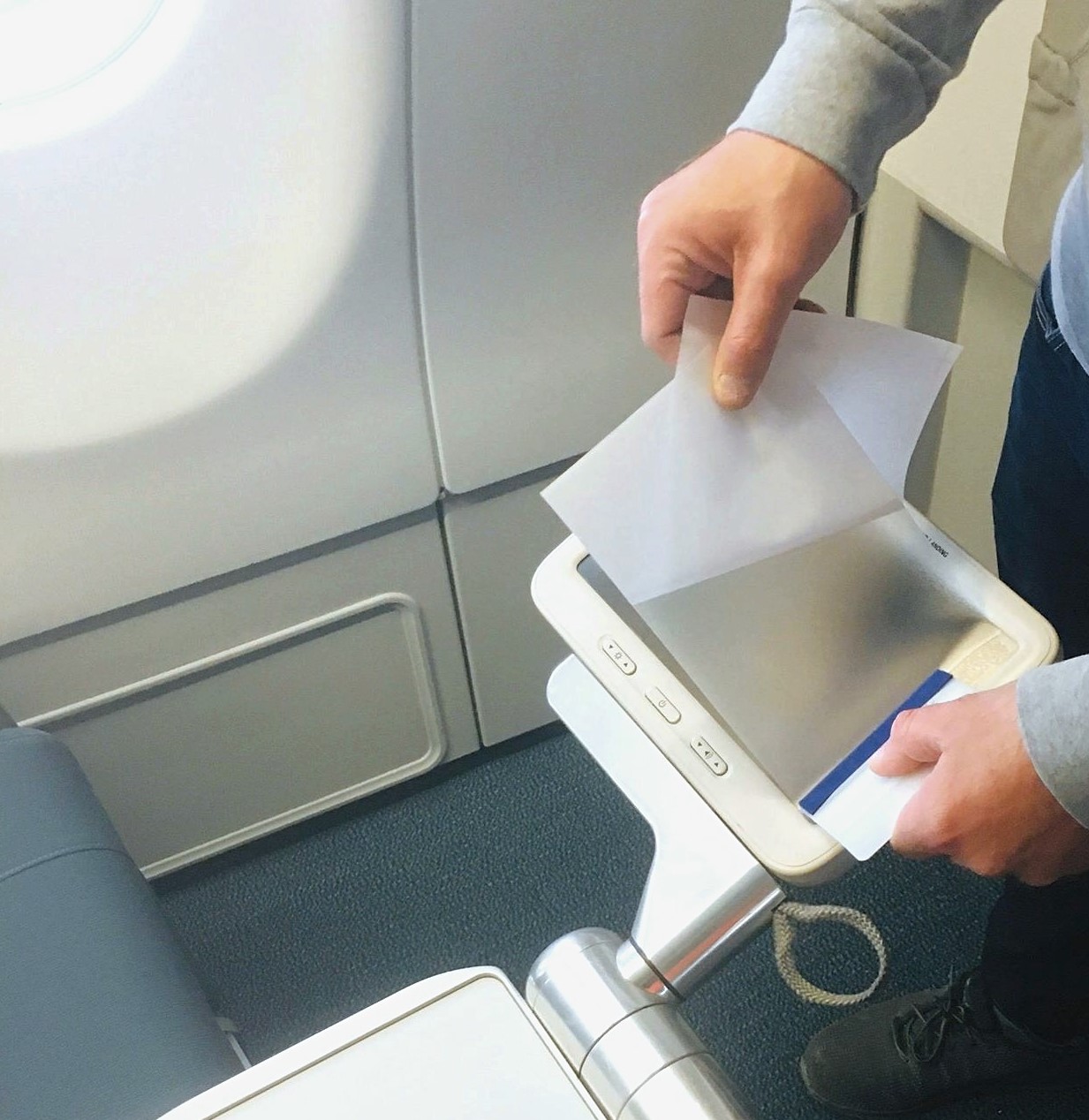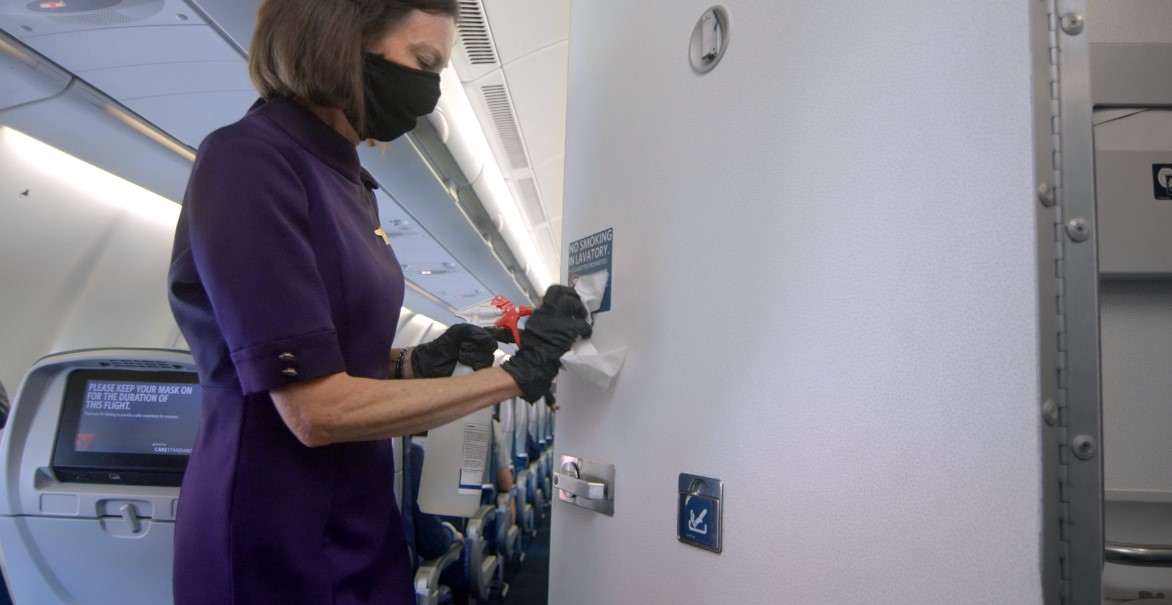The revenue scale of aerospace plastics market is likely to expand in the forecast years to 2025, owing to the shifting preference towards low-weight aircraft to enhance performance and fuel efficiency. Surging development across the aviation industry, along with high investment in the defence activities across the globe, will also stimulate the aerospace plastics industry size. Global Market Insights forecasts that the aerospace plastics market size is anticipated to surpass US$75 million by 2025. (News article from Aircraft Interiors International)
Aerospace plastics are massively deployed in cabin interiors, airframes, windows and windshields, and propulsion systems, owing to their convenience and efficiency. Of these, window and windshield applications are commonplace. Indeed, this segment accounted for a substantial proportion of the aerospace plastics market share in 2018, primarily on account of the extensive deployment of durable and chemical-resistant plastic material, which helps to prevent glass layers in windows from shattering.
When windows and windshields are manufactured from durable plastics, they offer reduced reflectivity and also help passengers regulate light as well as heat transmission flow to the aircraft interiors, which would majorly propel aerospace plastics market trends from windows and windshields.
A major factor that would augment the aerospace plastics market outlook from window and windshield applications is the increasing number of MRO activities, in tandem with the rising demand for the replacement of ageing aircraft components with enhanced plastic materials. As major industry contenders strive to introduce lightweight, high-performance windows and windshields for aircraft, the aerospace plastics market share will depict a commendable rise over the forecast period.
Speaking of the type of aircraft, it would be prudent to mention that military aircraft will drive considerable demand in the aerospace plastics market in the coming years. This is basically on account of the rising security concerns across the globe, as well as the subsequently increasing defence expenditures.
The rising adoption rate of plastics in military aircraft can also be attributed to the fact that plastics offer effective insulation from radar. Driven by the demand for weight reduction in aircraft and the provision for zero conductivity, the aerospace plastics market for military aircraft is likely to gain major impetus over the period to 2025.
Geographically, the Asia Pacific region will account for a substantial proportion of the aerospace plastics market share in the years to come. The growth can be primarily attributed to the surging demand for military and commercial aircraft. India and China will contribute significantly towards the regional growth. Europe’s aerospace plastics industry is also predicted to record a considerable growth rate over the coming timeframe, aided by France, Germany and the UK.
North America is expected to hold the highest share in the aerospace plastics market by 2025, in terms of volume. The reason can primarily be credited to the presence of a wide range of product manufacturers in the region, which have their focus set on producing highly fuel-efficient aircraft. Not to mention, the region is controlled by a stringent regulatory landscape, which would also help augment the domestic share.
Rising fuel costs are also encouraging aircraft manufacturers to incorporate plastics in their passenger jets. Of late, aircraft manufacturers have been producing customised plastic manufacturing processes in order to substantially enhance their profitability, which would further contribute to improving North America’s aerospace plastics market outlook.
The competitive spectrum of aerospace plastics market comprises companies including Mitsubishi Chemical Advanced Materials, Saint Gobain, Ensinger, SABIC, Drake Plastics Ltd, Victrex, and BASF SE. Often, industry contenders are found engaging in tried-and-tested growth tactics such as mergers & acquisitions in tandem with novel product launches in order to consolidate their stance in the industry and enhance their product portfolios.
About the author:
Sunil Hebbalkar performs research content development at Global Market Insights, a market research and management consulting company.






